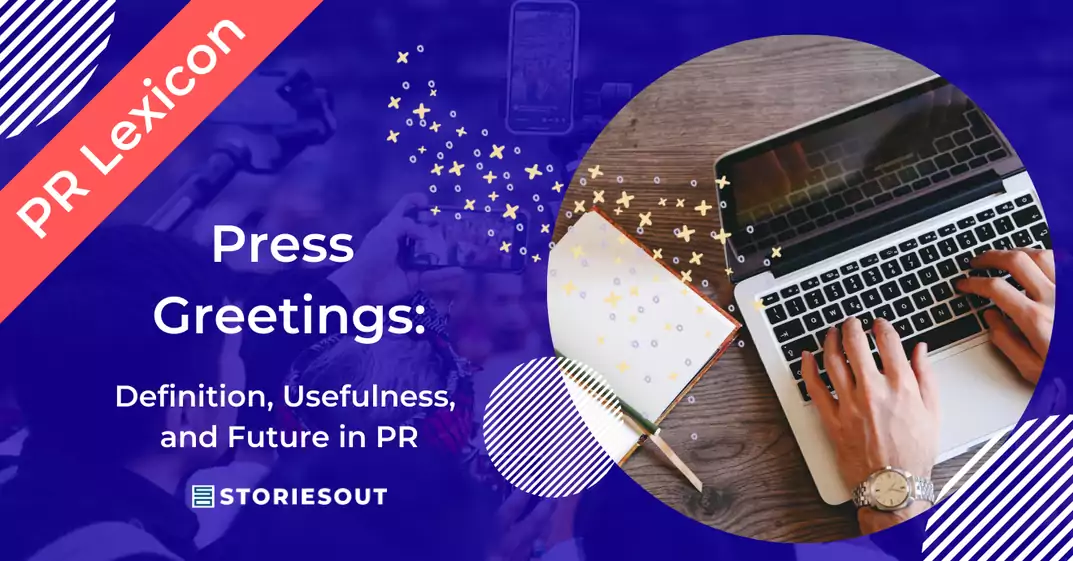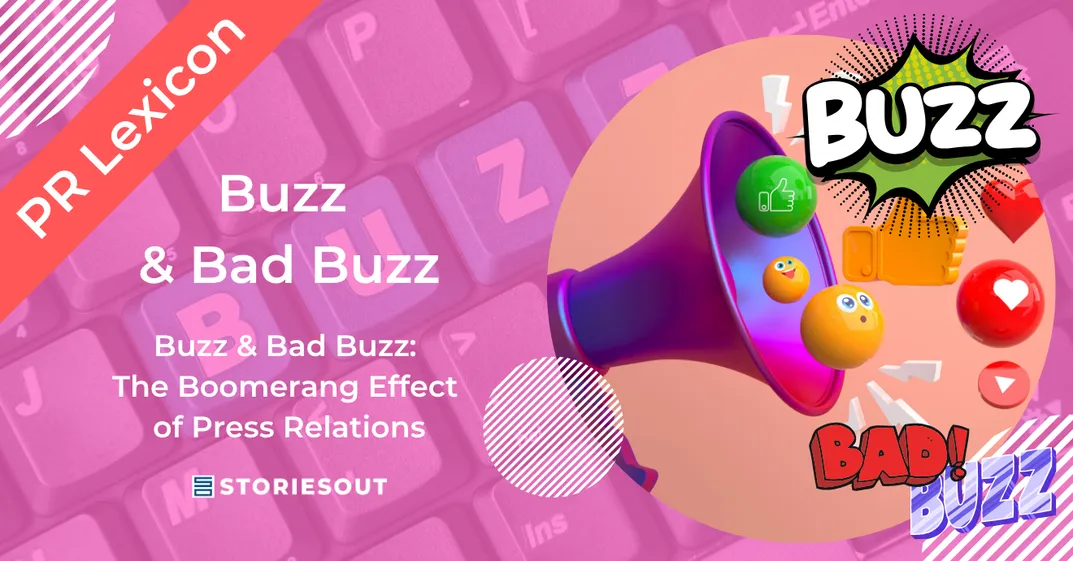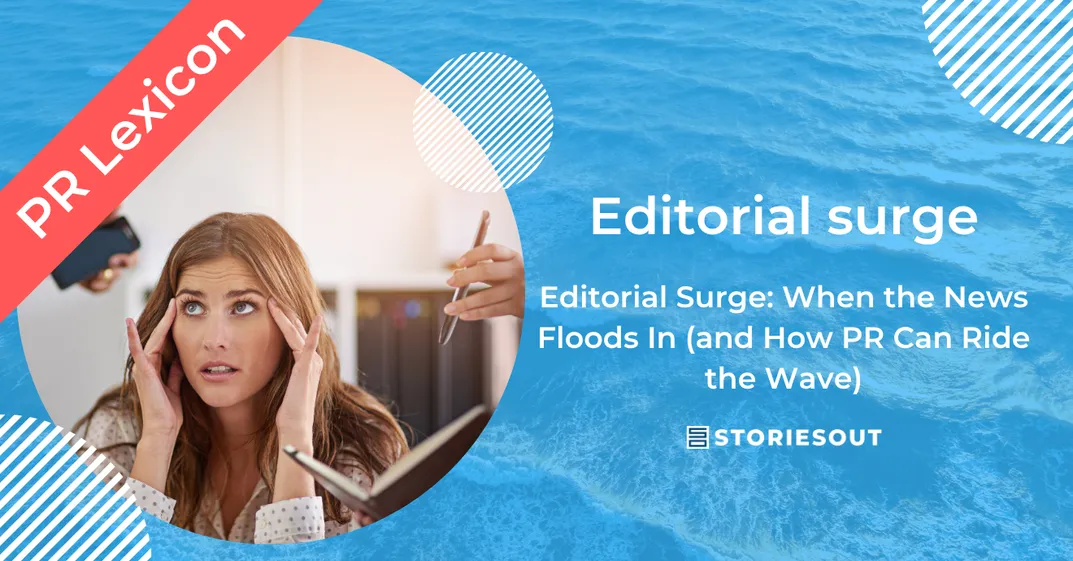In the world of public relations, precision matters. And yet, few terms cause as much confusion as exclusive and embargoed preview. For journalists and PR professionals alike, understanding the difference is essential. It can shape the media plan, affect editorial treatment, and ultimately determine the success of a press campaign.
This article clears the fog: what does each term mean, how do they differ, and when should you use one over the other?
1. Definitions: Exclusive & Embargoed Preview: A Thin but Strategic Line
Exclusive: One Media Outlet, One Story
An exclusive is when a piece of news, a quote, or a report is offered to a single journalist or media outlet, often in exchange for more prominent or in-depth coverage.
This might include:
- An exclusive interview with a company CEO,
- The first announcement of a product or innovation,
- A feature story granted to one outlet only.
Exclusives typically involve:
- A formal or informal embargo, setting a precise publication date,
- A mutual agreement that ensures no other outlet has access before or during the exclusive window.
Main benefit: high-impact coverage and editorial prominence.
Main risk: fewer overall media pickups — and potential media frustration if they feel left out.
Embargoed Preview: Early Access, No Monopoly
An embargoed preview is when several journalists are granted early access to news or materials, usually under an embargo that sets a shared publication date.
Common examples include:
- Advance access to a press release,
- Invitations to a press conference under embargo,
- Previews of a study or report ahead of launch.
Main benefit: broader media coverage, with more voices sharing the story at the same time.
Main risk: less editorial exclusivity, more standardized treatment.
2. PR Strategy: Between Exclusive & Embargoed Preview, What to Choose, and When
In any good PR agency, the decision between exclusivity and embargo is never trivial. It depends on the story’s nature, the target media, and the timing.
When to go for an exclusive:
- When you want to secure high-value coverage in a tier-one outlet,
- When the story is sensitive or requires deep editorial investment,
- When your message aligns tightly with a media’s audience.
But beware: a poorly placed exclusive can backfire if the chosen media underperforms or the piece lacks impact.
When to offer embargoed previews:
- When the goal is maximum reach across a wide media base,
- When time is needed for product testing or expert review,
- For simultaneous publication, increasing the perceived relevance of the topic.
3. Journalists vs PR Professionals: Different Expectations
For journalists:
- An exclusive is a competitive edge and comes with expectations: priority access, additional materials, and editorial freedom.
- An embargoed preview allows early preparation but doesn’t promise uniqueness.
For PR teams or agencies:
- An exclusive is a strategic card: ideal for relationship-building or securing a prominent slot.
- An embargo is a way to coordinate messaging and gain traction across media.
In both cases, clear communication and trust are non-negotiable.
4. Avoiding the Common Pitfalls
Mixing up the terms or failing to be precise can cause friction:
- “Wait… I thought this was an exclusive?”
- “Why am I seeing this news online when you just offered it to me under embargo?”
Best practices:
- Be crystal clear in emails: “This is an exclusive offer valid until Tuesday 9am; after that, the story goes out to others.”
- Don’t oversell standard content as an “exclusive”.
- Always honour embargoes and timing agreements – they’re the foundation of your credibility.
Conclusion: Exclusive or Embargoed Preview, Two Tools, One Golden Rule
Exclusives and embargoed previews are both powerful PR tools, but they’re not interchangeable. One narrows the scope for maximum impact, the other opens the door to coordinated reach.
Mastering both, and knowing when to use each, is a hallmark of top-performing PR teams. It’s also what sets apart the top 10 PR agencies from the rest.




